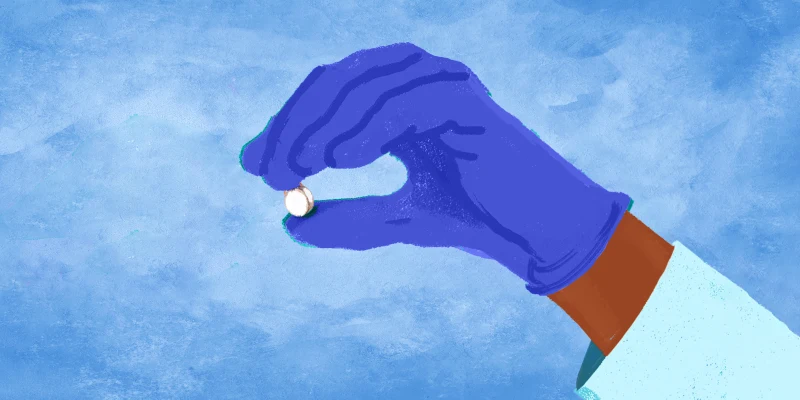I never wanted to be that person.
Whoever knows how it will begin? The month started at the regional burn center in southern Philadelphia where all the local emergency and surgical residents went to learn how to care for everyone and everything related to burn wounds. From the way patients presented in the ED, to the admission orders, surgery, dressing changes, and outpatient care for minor burns, this was where we came to learn it all. Patients came there knowing their burns would be treated correctly and compassionately.
Outlying hospitals transferred their burn patients for the specialized and specific care provided by the dedicated surgeons and staff. As an additional service, the residents rotating though the burn unit would even travel to the transferring hospitals to supervise the transfer of these often critically ill patients. This was the way that the residents would acquire new patients to treat and follow on daily rounds for the month. Several patients were already long-term patients of the unit when I arrived and began writing daily notes on two of them.
The first was a woman in her 30s who had third-degree burns over much of her body. The history of her burn injury was passed from resident to nurse to resident and back. She was a prostitute who was doused with gasoline and set on fire by her pimp. I learned and understood this word for the first time: immolation. Her injuries and condition were horrific and she was sedated (thank God) most of the time. My other patient was an 82-year-old lady from northern Philadelphia who suffered a significant burn injury when one of her grandchildren set fire to the house after playing with matches. Her legend included saving the child, which surely was the only silver lining in her awful story. She also suffered traumatic injuries from jumping from the second floor. Mercifully, she also spent much of the month sedated.
I will always remember that sultry Independence Day weekend. We had lots of fireworks injuries and several people who got sprayed with scalding hot fluid after taking the radiator caps off of their overheated engines. (Warning: NEVER do that.) A call came out for a burn transfer that was seen and stabilized at another hospital in northern Philadelphia. I was the resident on call that day. I didn’t know much about the patient I was going to pick up. I was told that he was a young boy of 17 with an electrocution injury. Nothing could have prepared me for what I was in for when I met James.
I entered the trauma bay of the ED, which was eerily empty. Before I really saw him, the smell of charred flesh filled my nostrils. James was unconscious there, by himself, with a steady heartbeat noted on the cardiac monitor. He was supine with his arms at his side. Both arms were bent at the elbow, with his hands sticking straight up into the air. The entry and exit wounds of the electrical current were evident on his petrified hands. His fingertips were charred to the bone. James had been messing around with some friends near a high-tension electrical tower. He reportedly jumped onto one of the wires and caught himself with both hands. His hands and forearms were literally burned to a crisp.
How this boy lived through this injury was surely a most unfortunate accident of nature. Oh how I have thought so many times over the years how that poor boy should have died instantly. But no, we transported him to the burn unit and started the process of further evaluation and treatment. The ambitious plan was laid out to try to save James by reducing his burden of burned and non-viable flesh. The extent of his cerebral injury was not yet known. The availability and extent of rapid imaging was not in 1989 what it is today. I do not recall all of the secondary injuries. I remember the stunned looks on the faces of his parents as they heard the plan to amputate his limbs. The dad said that his son would not want to live that way. The surgeons convinced the parents to forge ahead.
I went into the OR with the surgical team for that lengthy procedure. As various compartments on his arms were released with the electrical bougie device, the smell of burned flesh permeated our surgical masks. I held his long, delicate leg for a long time. This leg that had once taken his first baby steps. This leg that took him around the block for his yearly trick-or-treat. This leg that scampered to first base after a hit. This leg that was just learning how to tap the brakes and gently give the car some gas.
Then I became that person.
I was the person holding that thin, beautiful leg that had just been cut off that dear boy’s body. I gently handed it off to the scrub nurses at the bedside. It is hard for me to remember much of what happened after that. James became septic and aggressive care ceased.
He received his last rights and passed away shortly thereafter. I went into the call room to cry for that boy, his parents, and a little bit for me. This experience affected me in a profound way as I second-guessed how the case was handled and surely how we may have tortured that child. I relived those ghastly sights, smells, and feelings for months and years. When I see those high-tension towers by the side of the road, I still think about James and the beautiful life that was lost during a frivolous schoolboy prank. I ponder the grisly lessons I learned that weekend and surely how, thanks to James, I was forever changed.
What case in your medical experience have you second-guessed? Share in the comments.
Dr. Naidorf is a board certified emergency physician living in Alexandria, Virginia. All names and identifying information have been modified to protect patient privacy.
Image by Gorodenkoff / Shutterstock




